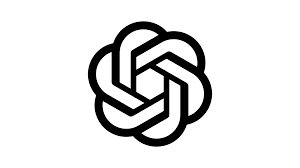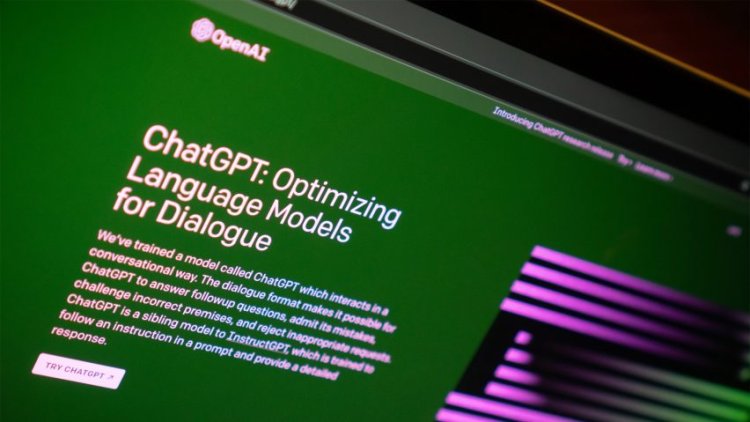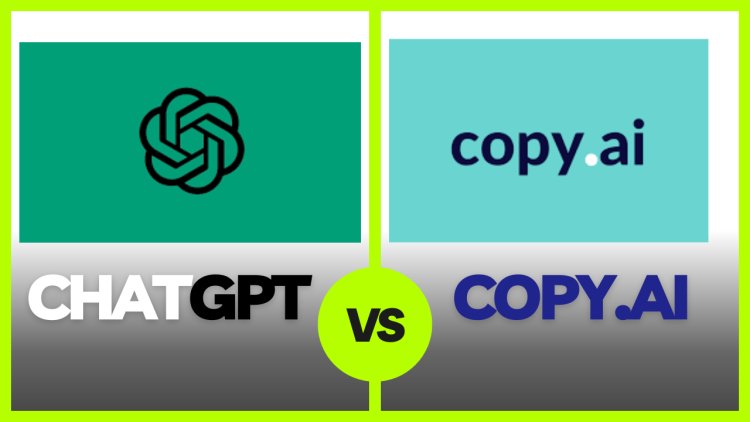Understand The Fundamentals of Chat GPT (A2Z)
ChatGPT is a large language model developed by OpenAI and is one of the most advanced AI-powered chatbot and virtual assistant systems currently available

The full form "GPT" stands for (Generative Pre-training Transformer) which is a type of deep learning model that has been used to create some of the most advanced language understanding systems in the world.
It's great to see advancements in AI technology that enable chatbots to communicate in multiple languages and respond to voice commands as a chat
ChatGPT uses a technique known as unsupervised learning, which allows it to learn from data without being explicitly programmed. It was created by OpenAI, an artificial intelligence research laboratory consisting of some of the world's leading researchers in the field of machine learning.
ChatGPT is capable of generating high-quality responses to a wide range of questions, making it a valuable tool for chatbots, virtual assistants, and other conversational AI applications.
ChatGPT was developed by OpenAI, a research organization co-founded by several individuals, including Elon Musk, Sam Altman, Greg Brockman, Ilya Sutskever, John Schulman, and Wojciech Zaremba. However, OpenAI is now a separate entity with a different leadership team.

Currently, the CEO of OpenAI is Sam Altman, and the company has a board of directors that includes individuals such as Greg Brockman, Shivon Zilis, and Reid Hoffman. OpenAI also has several major investors, including Microsoft, which has invested over $1 billion in the company. Other investors include LinkedIn co-founder Reid Hoffman, Khosla Ventures, and Founders Fund.
What is the use of ChatGPT in Life?
ChatGPT has a wide range of potential use cases in real life. Some examples include:
- Customer service: ChatGPT can be used to build chatbots that can provide 24/7 customer support to users. These chatbots can answer frequently asked questions, resolve common issues, and escalate more complex problems to human agents.
- Education: ChatGPT can be used to build educational chatbots that can answer questions from students and provide personalized learning experiences. These chatbots can be used to teach various subjects, including math, science, history, and languages.
- Mental health: ChatGPT can be used to build mental health chatbots that can provide emotional support and therapy to users. These chatbots can use natural language processing algorithms to understand users' feelings and provide appropriate responses.
- Entertainment: ChatGPT can be used to build chatbots that can entertain users by telling jokes, playing games, or generating memes.
- Marketing: ChatGPT can be used to generate personalized marketing messages for customers based on their interests, preferences, and behavior. These messages can be delivered through various channels, including social media, email, and messaging apps.
These are just a few examples of the many potential use cases for ChatGPT in real life. The possibilities are virtually endless, and as technology continues to evolve, we can expect to see even more innovative applications in the future.
There are several alternatives to Chat GPT that you may want to consider:
ChatGPT is a large language model developed by OpenAI and is one of the most advanced AI-powered chatbot and virtual assistant systems currently available. However, there are several other companies and products that are considered to be competitors to ChatGPT, including:
Microsoft's Xiaoice: Xiaoice is a conversational AI system developed by Microsoft that can chat with users in natural language. It has been designed to have empathy and can provide emotional support to users.
Google's Meena: Meena is a conversational AI model developed by Google that can carry on conversations on a wide range of topics. It has been designed to be more human-like than previous conversational models.
Amazon's Lex: Lex is a conversational AI service from Amazon Web Services (AWS) that allows web developers to build chatbots and voice bots that can be integrated with various messaging platforms and voice assistants.
IBM's Watson Assistant: Watson Assistant is an AI-powered virtual assistant that can be used to build chatbots and voice bots for various applications. It can be integrated with various messaging platforms and voice assistants.
Rasa: Rasa is an open-source framework for building conversational AI applications. It allows developers to build custom chatbots and voice bots that can be integrated with various messaging platforms and voice assistants.
Dialogflow: Dialogflow is a conversational AI platform from Google that allows developers to build chatbots and voice bots for various applications. It can be integrated with various messaging platforms and voice assistants.
These are just a few of the many alternatives to Chat GPT. Each platform has its own unique features and capabilities, so it's important to choose the one that best suits your needs.
Chat GPT V/S Copy.ai Which is the best
alternative?
Chat GPT and Copy.ai are both AI-powered tools that have different use cases and functionalities.
Chat GPT is a large language model trained by OpenAI that is designed to carry on conversations with users in natural language. It has been trained on a vast corpus of text data and can generate human-like responses to a wide range of questions and topics. Chat GPT is primarily used for building chatbots and virtual assistants that can provide customer support, answer frequently asked questions and engage with users.
Copy.ai, on the other hand, is an AI-powered writing assistant that can help users generate high-quality content for various applications. It uses natural language processing algorithms to analyze the context and generate relevant content for a given topic or prompt. Copy.ai can be used to generate product descriptions, social media posts, blog articles, and other types of content.
In summary, Chat GPT is primarily used for building chatbots and virtual assistants that can engage with users in natural language, while Copy.ai is a writing assistant that can help users generate high-quality content for various applications. Both tools have their own unique use cases and can be useful depending on your specific needs.
What is the latest version of ChatGPT and its uses?
As an AI language model, ChatGPT is not versioned in the traditional sense. However, OpenAI has released several different versions of the model with different sizes and training datasets. The latest and most advanced version of ChatGPT is GPT-3, which was released in June 2020 & On March 14, 2023, GPT-4 is launched under OpenAI's most advanced system, producing safer and more useful responses ... GPT-4 surpasses ChatGPT in its advanced reasoning capabilities is available for ChatGPT Plus users.
GPT-3 has been trained on an enormous dataset of over 570GB of text data, making it one of the largest and most powerful language models ever created. It has 175 billion parameters, which is almost 10 times larger than its predecessor, GPT-2.
The uses of ChatGPT, particularly GPT-3, are vast and varied. Here are a few examples:
- Content generation: GPT-3 can generate high-quality text content, such as articles, product descriptions, and social media posts, with minimal input from humans.
- Conversational AI: GPT-3 can be used to build chatbots and virtual assistants that can carry on human-like conversations with users, answering questions and providing assistance.
- Language translation: GPT-3 can be used to translate text from one language to another with high accuracy.
- Sentiment analysis: GPT-3 can analyze large volumes of text data and identify the sentiment behind it, which can be useful for market research and brand monitoring.
- Creative writing: GPT-3 can generate creative writing pieces, such as poetry and fiction, based on prompts or themes.
Overall, the potential uses of GPT-3 are virtually limitless and depend on the creativity and ingenuity of developers and businesses that leverage the technology.
The users of ChatGPT and its growth in 2025
ChatGPT, particularly its latest version GPT-3, has a wide range of potential users, including businesses, individuals, and developers. Some of the potential users of ChatGPT are:
- Businesses: Businesses can use ChatGPT to automate customer service, generate content, and improve marketing efforts. ChatGPT can help businesses reduce costs and improve customer engagement.
- Developers: Developers can use ChatGPT to build chatbots and virtual assistants for various applications, including customer service, education, and mental health. ChatGPT can help developers build sophisticated conversational AI systems quickly and easily.
- Individuals: Individuals can use ChatGPT for various tasks, including language translation, content generation, and creative writing. ChatGPT can help individuals save time and improve productivity.
As for the growth of ChatGPT in 2025, it's difficult to make an accurate prediction as the AI technology landscape is rapidly evolving. However, given the increasing demand for AI-powered chatbots and virtual assistants, it's likely that the use of ChatGPT will continue to grow in the coming years. However, the exact number of users is not publicly available, as OpenAI does not release usage statistics for its products.
The potential applications for ChatGPT are virtually limitless, and as the technology continues to improve and become more accessible, we can expect to see even more innovative uses of the technology in the future.
What's Your Reaction?

















